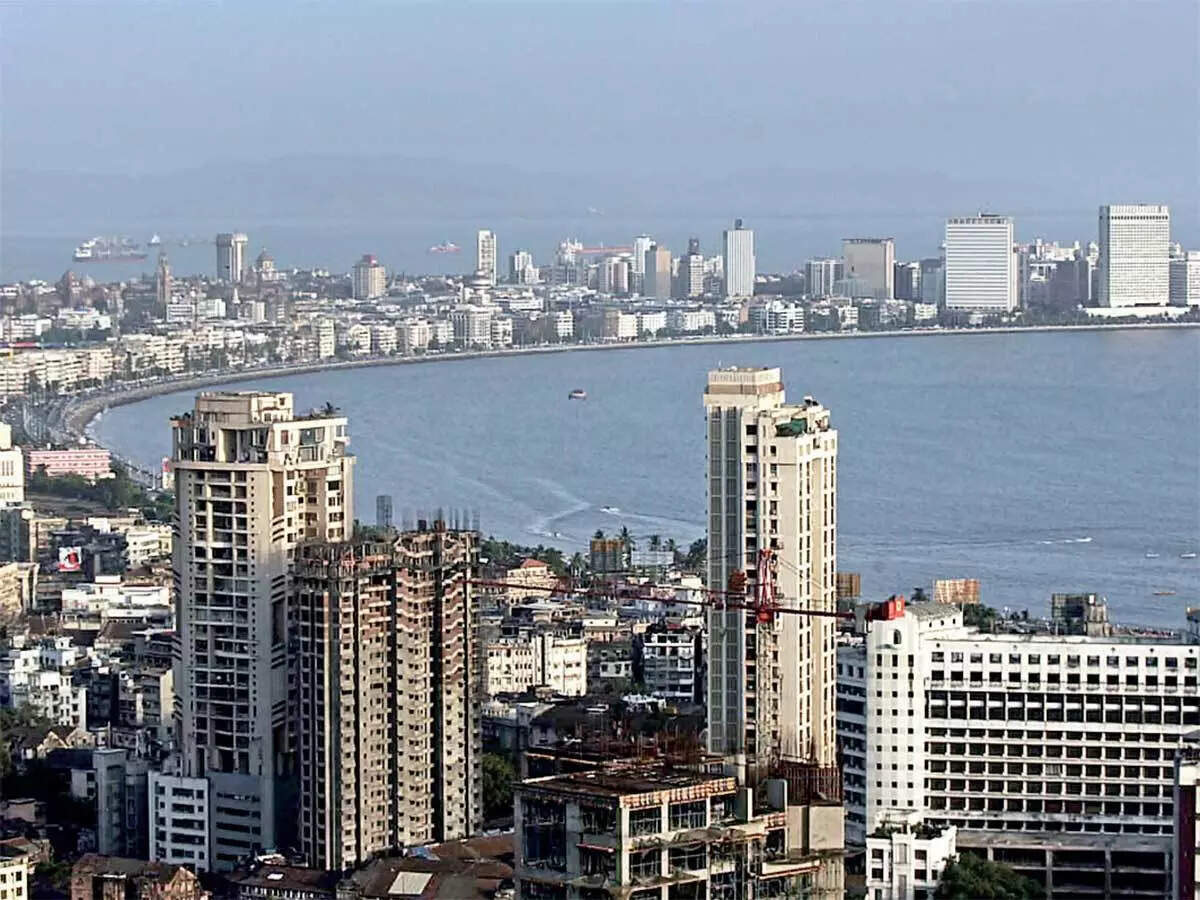
MUMBAI: Nearly a month after the BMC sought feedback on a proposed amendment to the Development Control and Promotion Regulation (DCPR) 2034, aimed at establishing a new policy for ‘Iconic Buildings’ under Regulation 33(27), the Fort Heritage Conservation Association has expressed concern over the ambiguous definition of what constitutes iconic buildings.
The proposed policy describes ‘Iconic Buildings or Spaces’ as structures distinguished by unique features such as size, shape, aesthetics, design concept, urban design, or structural characteristics.
“What is deemed iconic by some may not be universally recognized. The term ‘iconic’ is defined in unclear and subjective ways, making it susceptible to arbitrary or purely commercial interpretations. Iconicity should be evaluated based on its contribution to urban life, cultural significance, sustainability, and public value, rather than solely on form or size,” the Fort Heritage Conservation Association stated in a letter to the Chief Engineer (Development Plan).
The letter is supported by a coalition of prominent South Mumbai organizations, including OVAL Trust, Oval Cooperage Residents’ Association (OCRA), Art Deco Mumbai Trust (ADMT), Urban Design Research Institute (UDRI), Kala Ghoda Association (KGA), and Nariman Point Churchgate Citizens Association (NPCCA).
The BMC’s initiative aims to position the city alongside global urban centers featuring iconic structures like London’s Gherkin, Doha’s Tornado Tower, and Dubai’s Burj Khalifa.
Moreover, the association’s letter points out that the regulation emphasizes visual and formal uniqueness (like shape and aesthetics) but neglects aspects such as contextual integration, cultural relevance, and urban harmony.
“A building’s iconic status derives not just from its architectural and aesthetic traits but also from its cultural, historical, and symbolic significance, which should be clearly represented in its design. Additionally, there is a lack of clarity regarding scale and allocation of open spaces. The proposals do not specify the scale of development or the percentage of green areas, making it challenging to assess the density, use intensity, or infrastructure demands the project may entail. This insight is essential, and the regulation must incorporate these critical details.”



